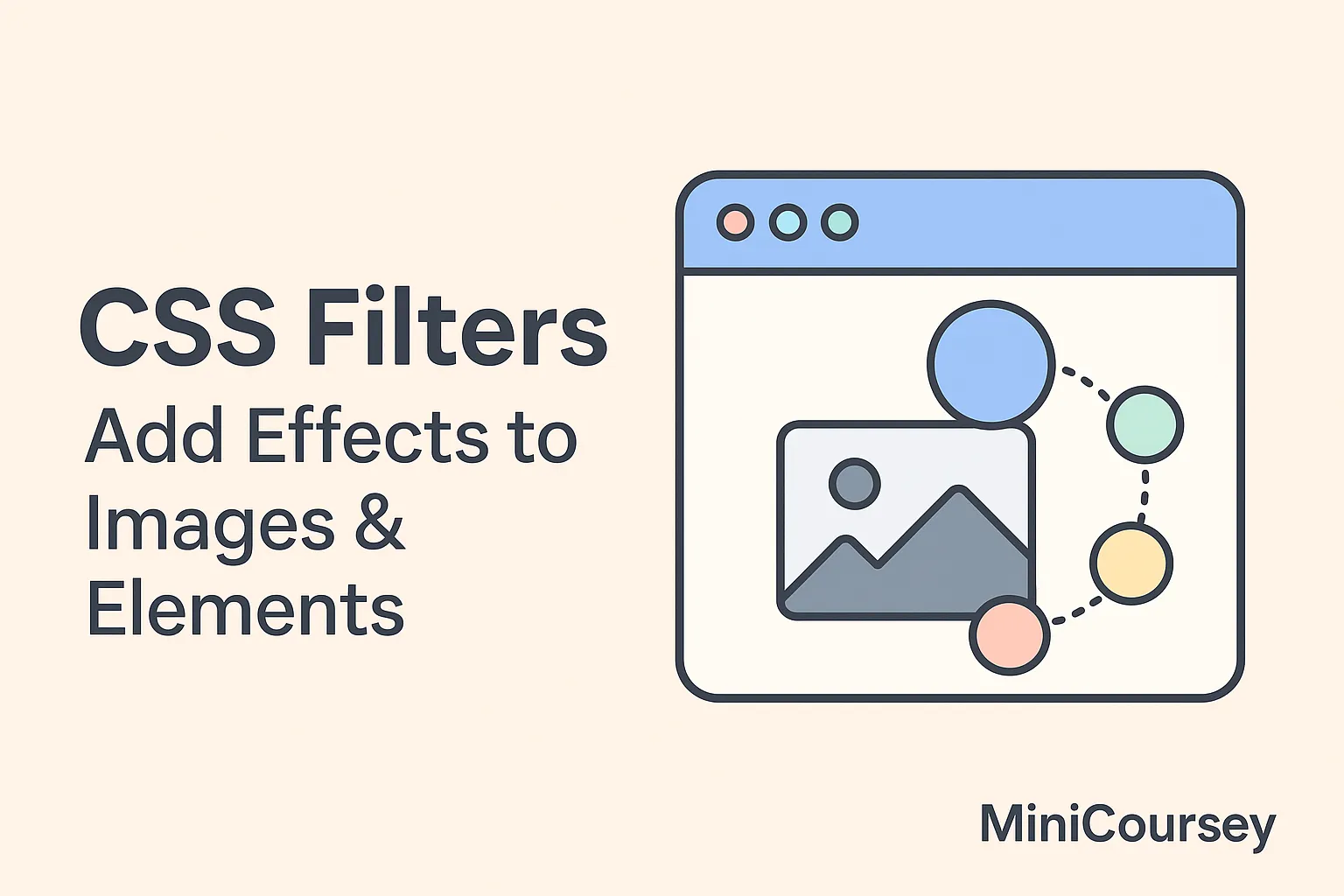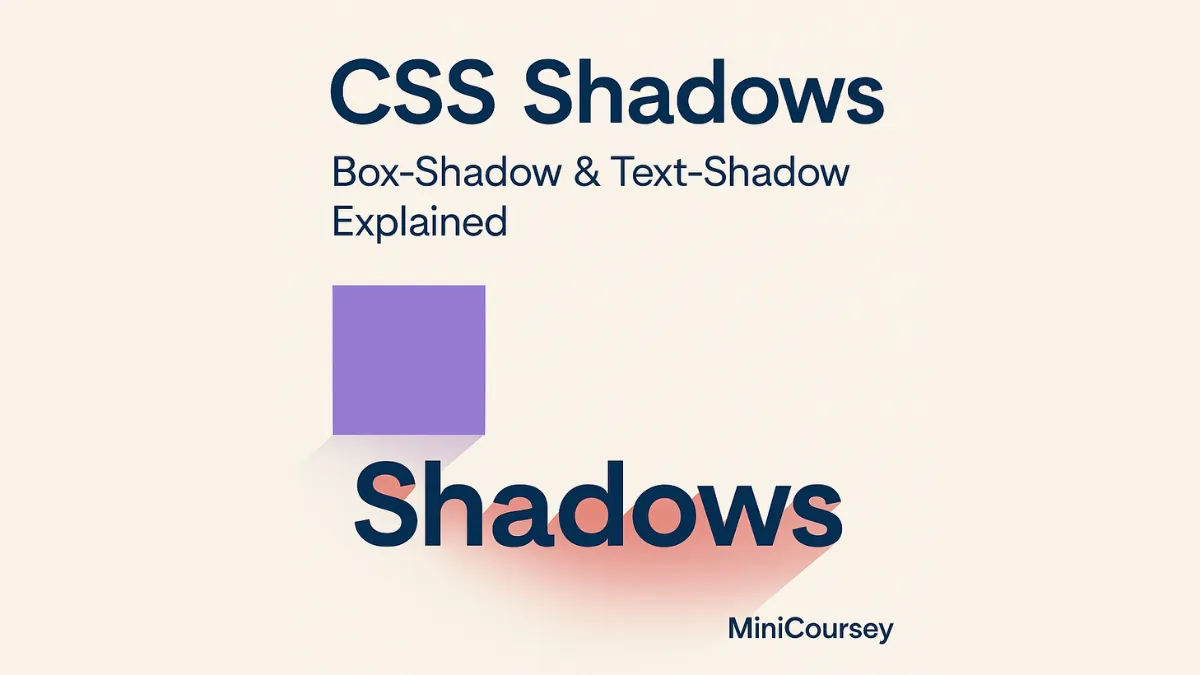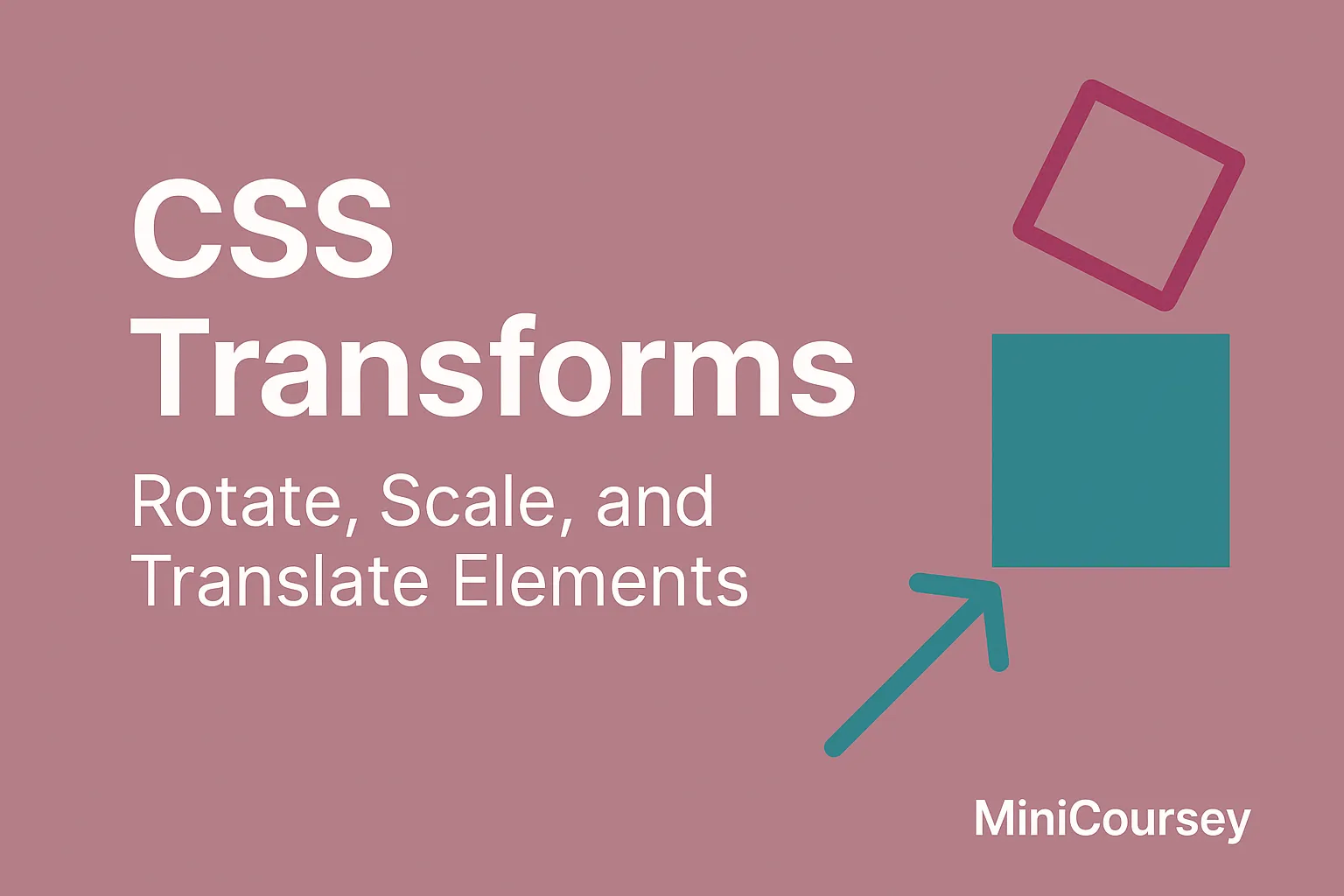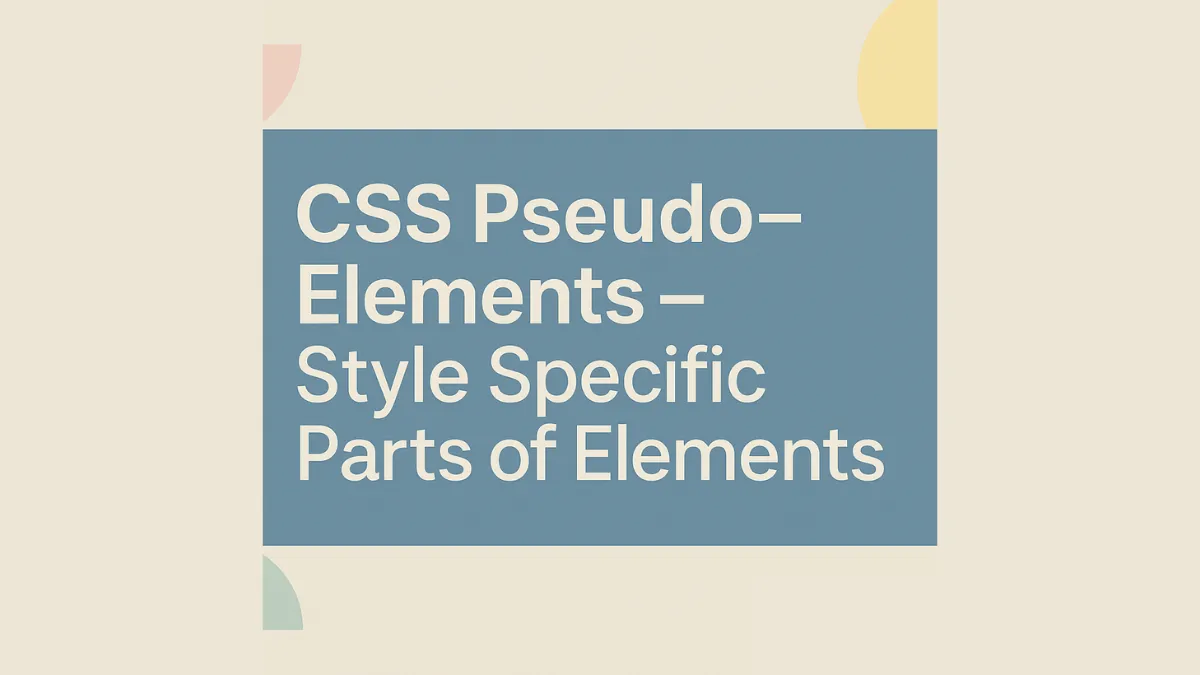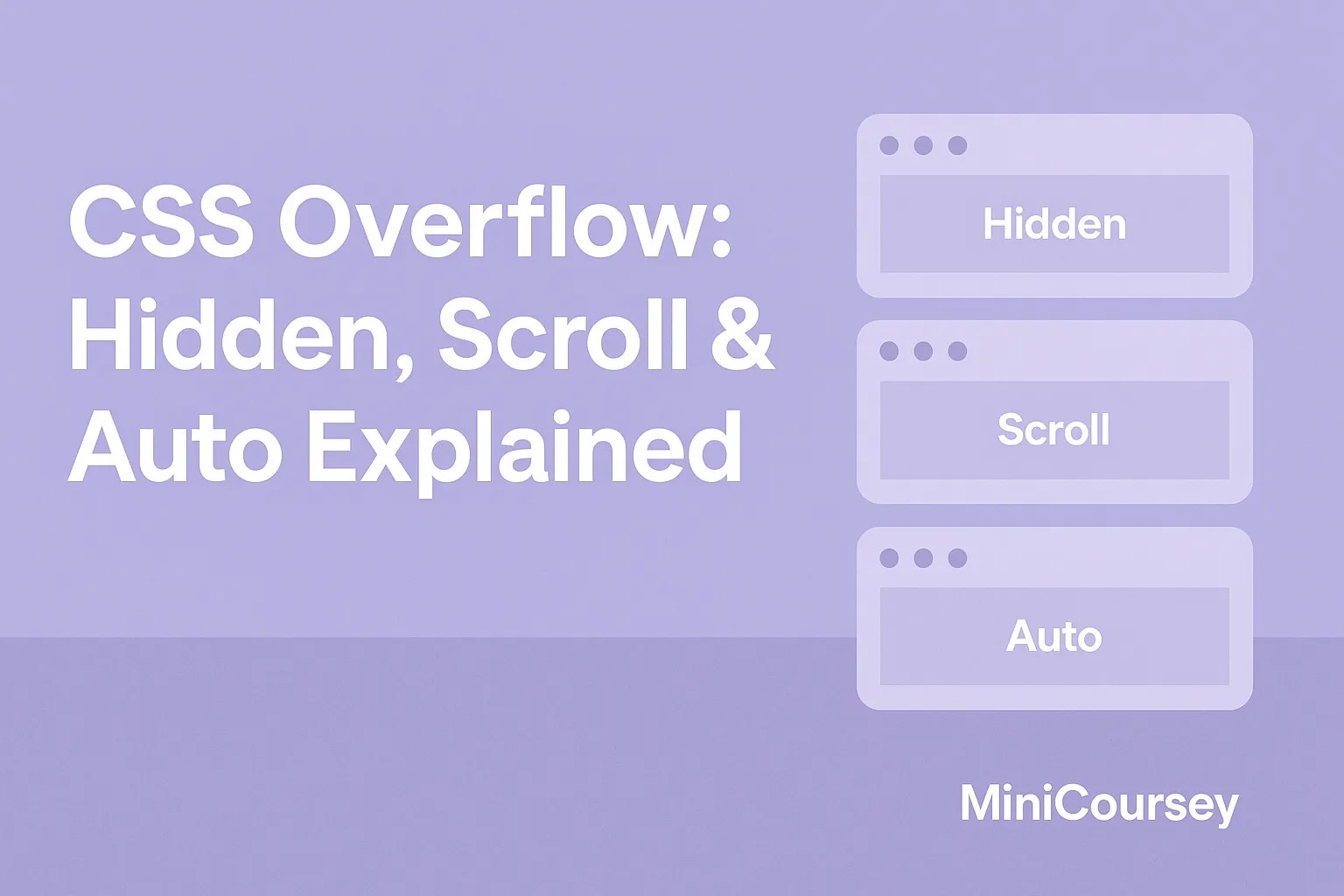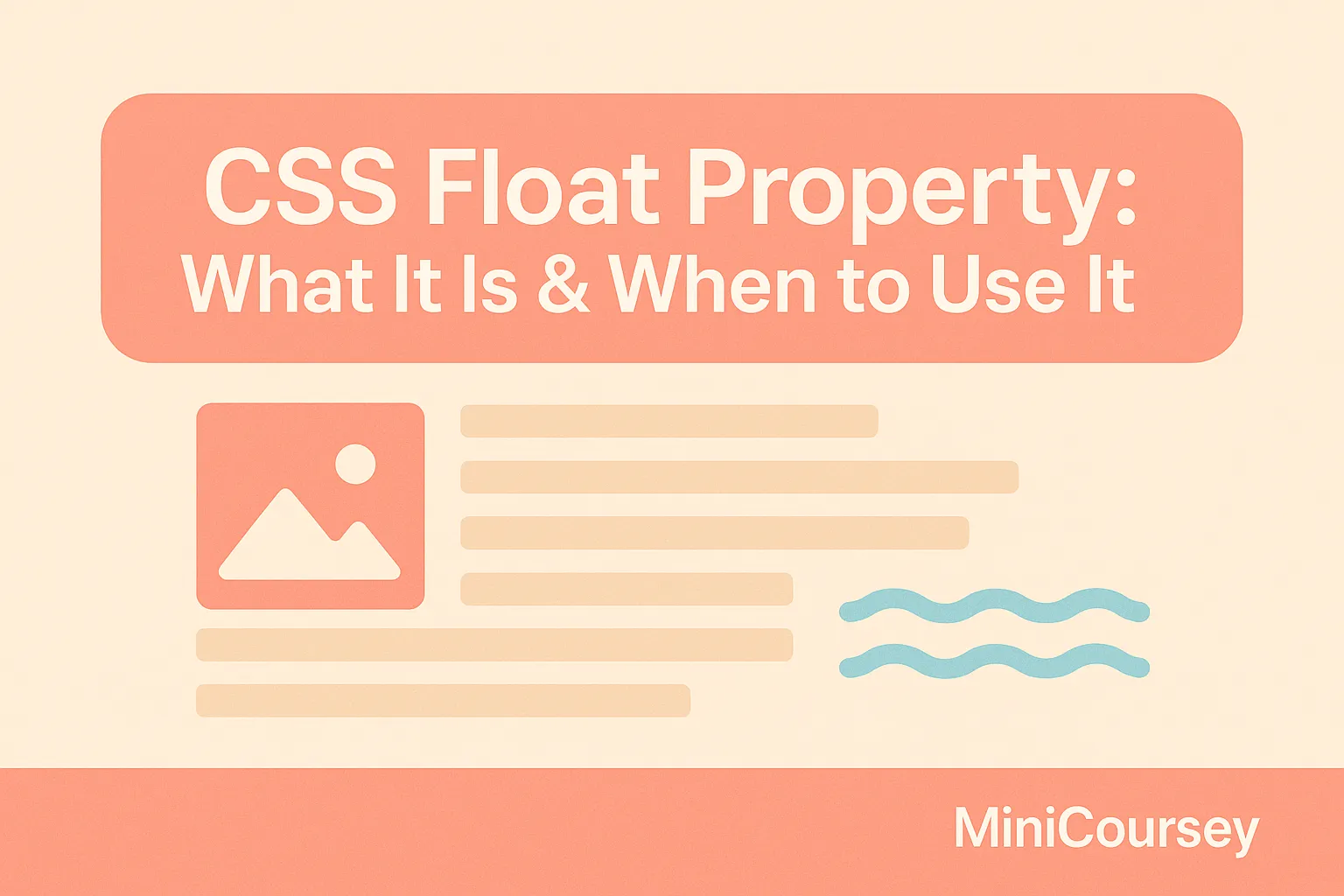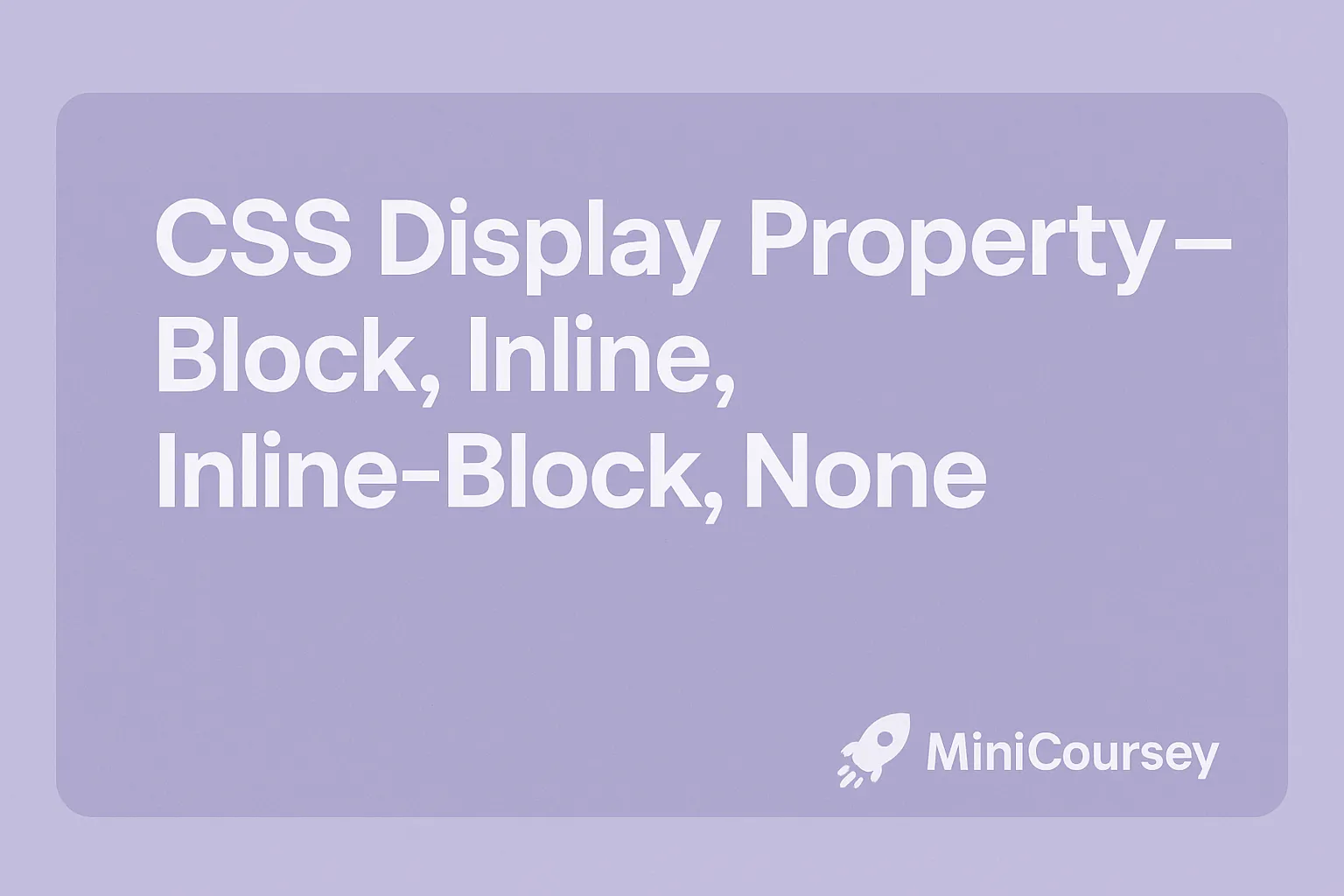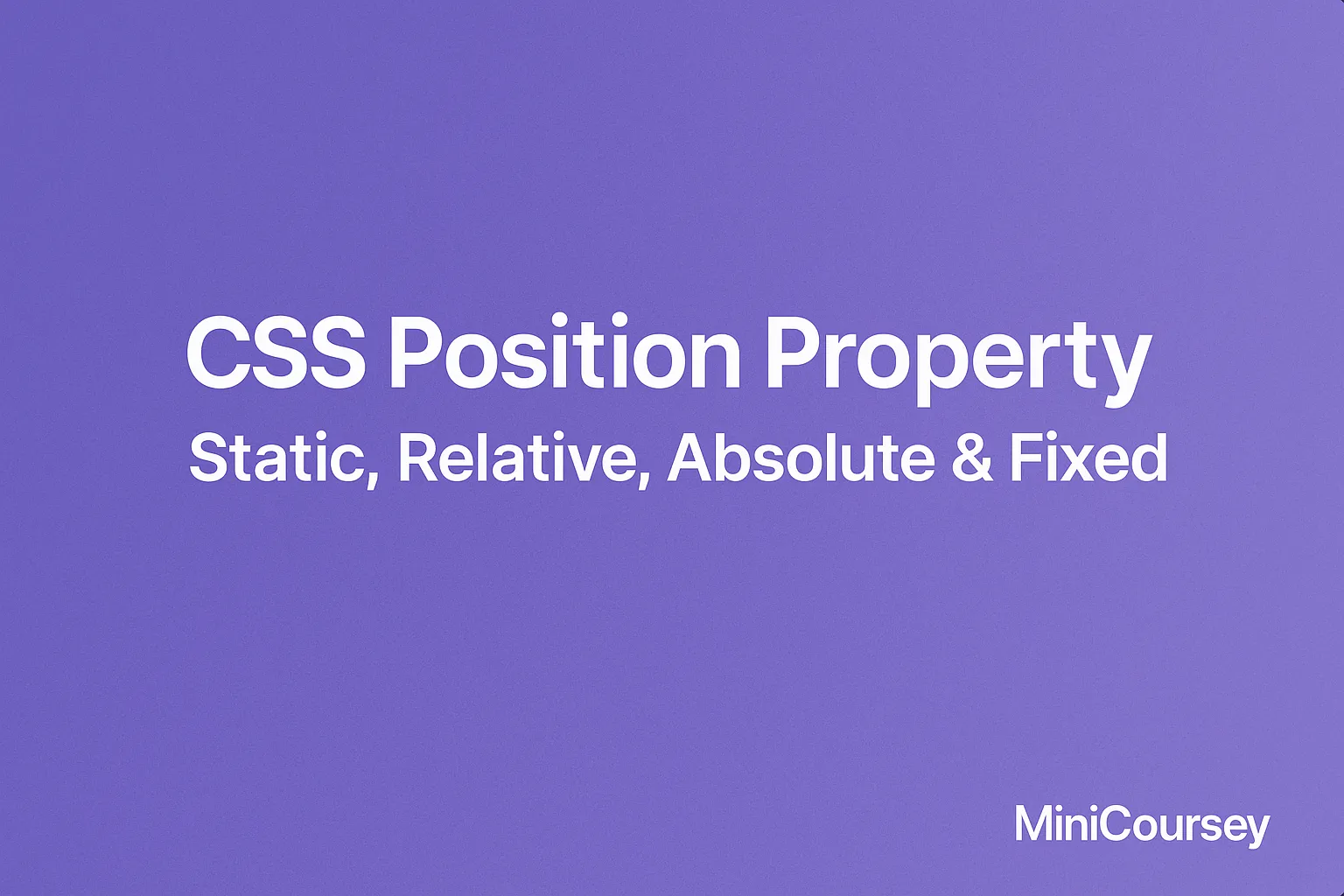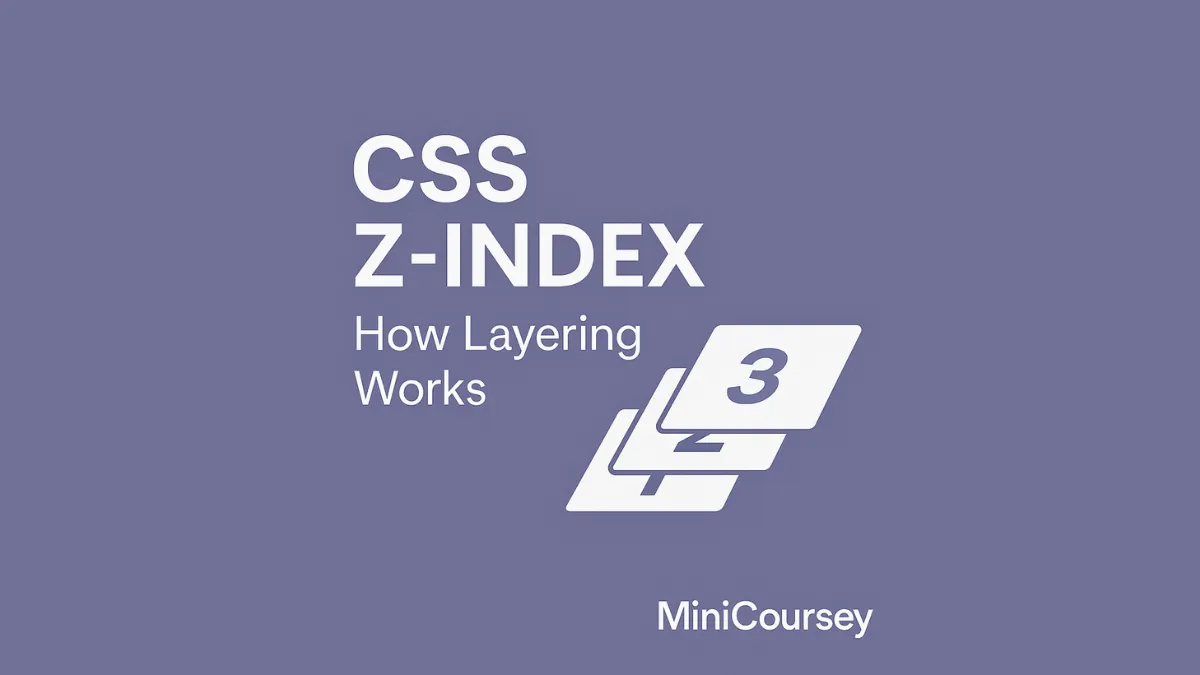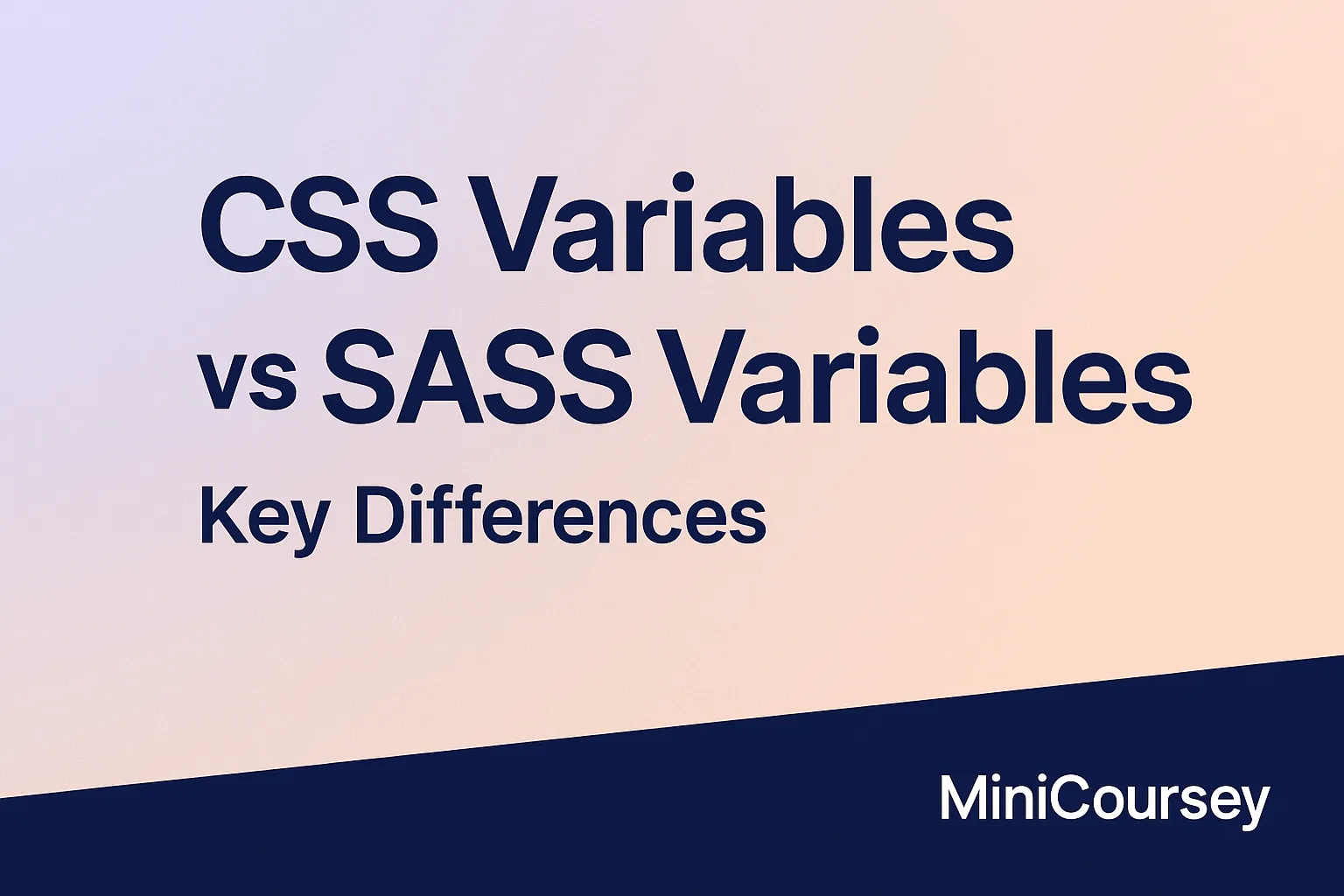CSS Filters — Add Effects to Images & Elements
Want to apply cool visual effects directly in your CSS? The CSS filter property lets you add image-like effects to elements — no need for Photoshop or extra graphics software. Filters can blur, brighten, grayscale, or adjust contrast for images, backgrounds, or any element you like. In this MiniCoursey quick guide, you’ll learn how the … Read more

